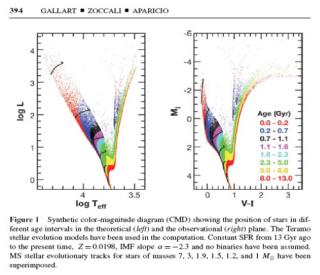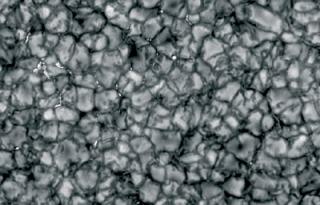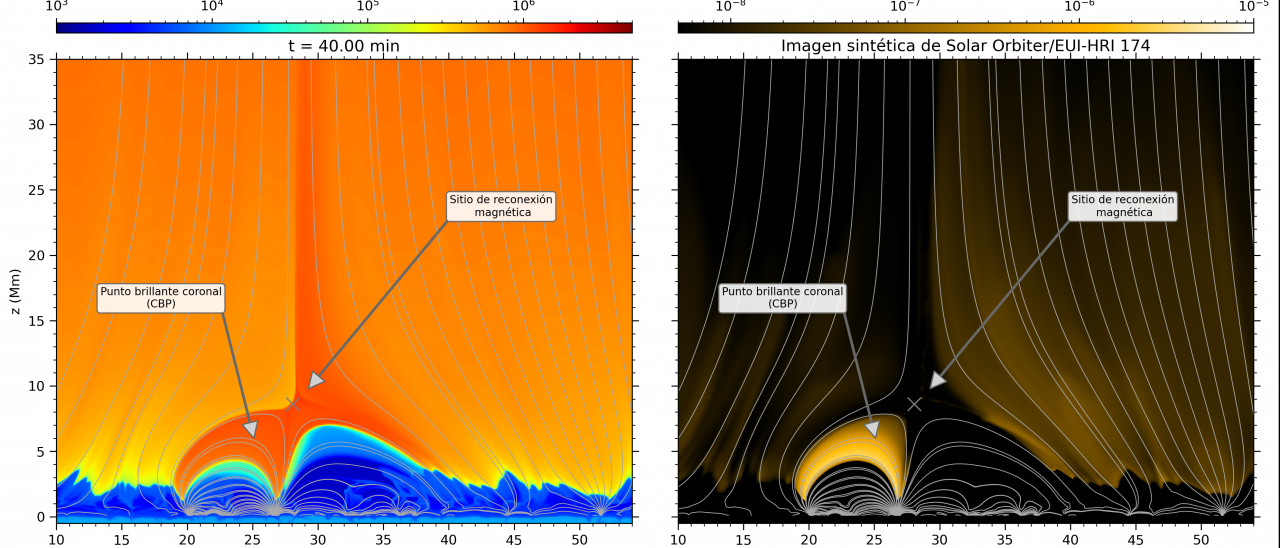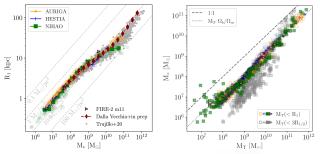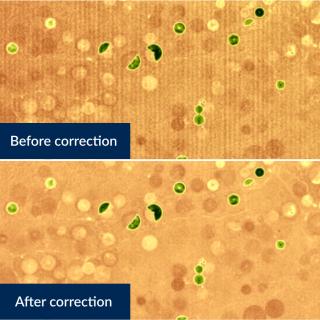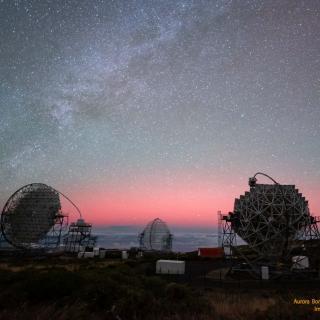A numerical experiment conducted by two researchers at the Instituto de Astrofísica de Canarias (IAC), Daniel Nöbrega Siverio and Fernando Moreno Insertis, has allowed them to show, for the first time, how one of the most widely distributed structures in the solar atmosphere, the coronal bright points, can form and acquire energy by the action of the solar granulation.
When the Sun is observed from space detectors of X-rays or the extreme-ultraviolet, its atmosphere is found to be full of bright points, both during solar active epochs when a large number of sunspots is observed, and during quieter epochs. When they are inspected in detail we find that these coronal bright points (CBP) comprise a set of magnetic arcs, which emit huge quantities of energy por periods of hours or even days, probably via a process known as magnetic recombination.
Until now the models of CBPs were highly simplified and did not take into account critical aspects of solar physics ,such as the supply of energy to magnetic structures by solar granules.
In a study recently published in the prestigious journal Astrophysical Journal Letters Daniel Nóbrega Siverio and Fernando Moreno Insertis, astrophysicists at the IAC, have studied these bright points, using a latest generation numerical code, the Bifrost code. This code allows one to model the Sun with the realism needed to include convective and radiative processes which have a fundamental influence on the heating of the solar atmosphere.
With their model, these researchers show for the first time that the action of the solar granulation on a magnetic structure of the type expected to be found in many CBP gives rise to hot, bright arches, which explains the different features observed during solar space missions for decades. The article also includes predictions of what the cool zones below a CBP are like,and their small scale structure which has not yet been tackled observationally,and which will need data of extremely high resolution, such as those from the Swedish Solar Telescope (SST) on La Palma, the the recent Solar Orbiter space mission in order to confirm them.
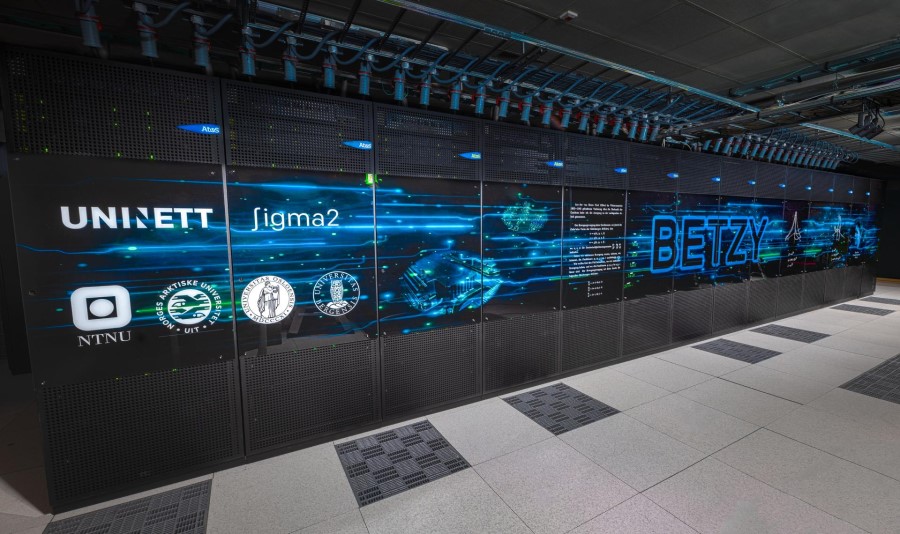
This study has needed thousands of hours of calculations on two of the most advanced superomputer facilities in Europe, Betzy (in Norway) and MareNostrum (in Spain). It has been carried out within the Whole Sun project, a programme funded by the European Research Council, in which the IAC is taking part, along with four other European institutions.
Essay: Nóbrega-Siverio, D. and Moreno-Insertis, F.: “A 2D Model for Coronal Bright Points: Association with Spicules, UV Bursts, Surges, and EUV Coronal Jets”, 2022, ApJL,
DOI: https://doi.org/10.3847/2041-8213/ac85b6
Contacts:
Daniel Nóbrega Siverio, dnobrega [at] iac.es (dnobrega[at]iac[dot]es)
Fernando Moreno Insertis, fmi [at] iac.es (fmi[at]iac[dot]es)

